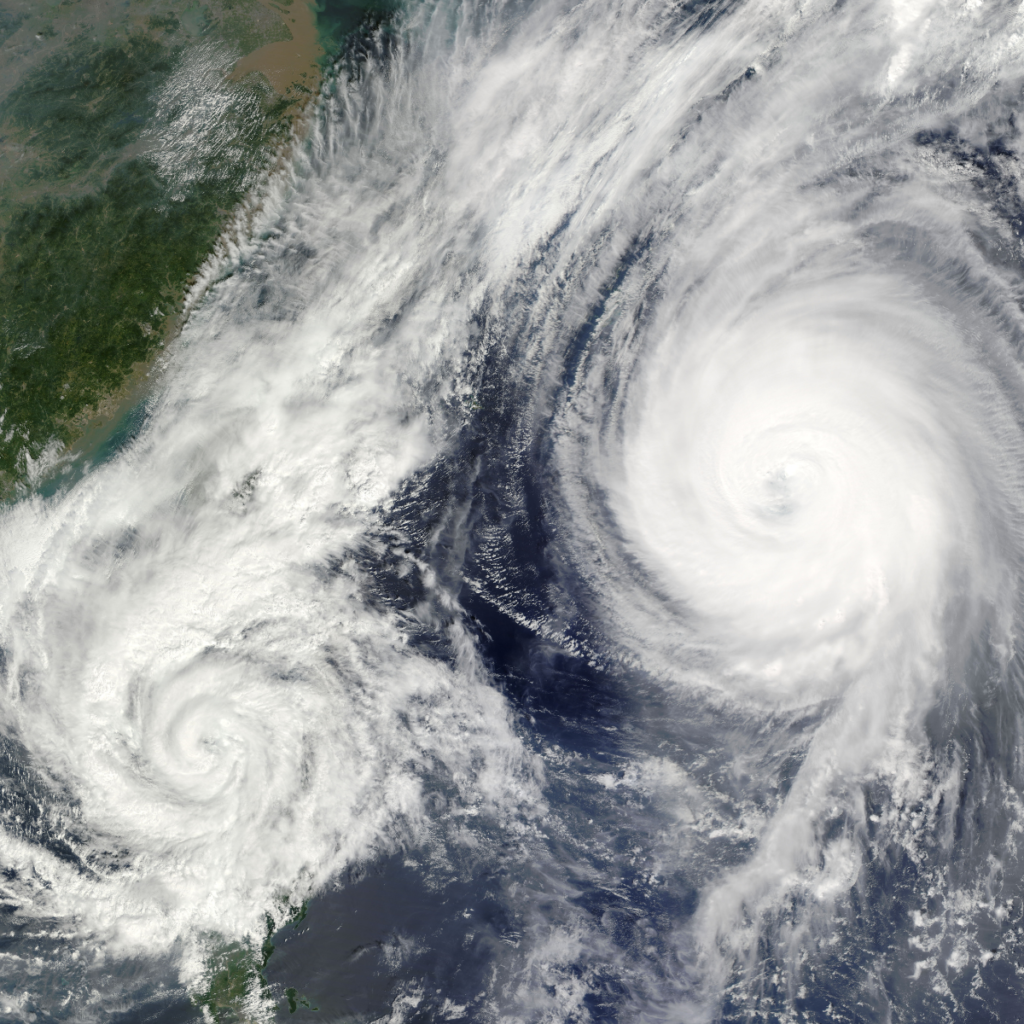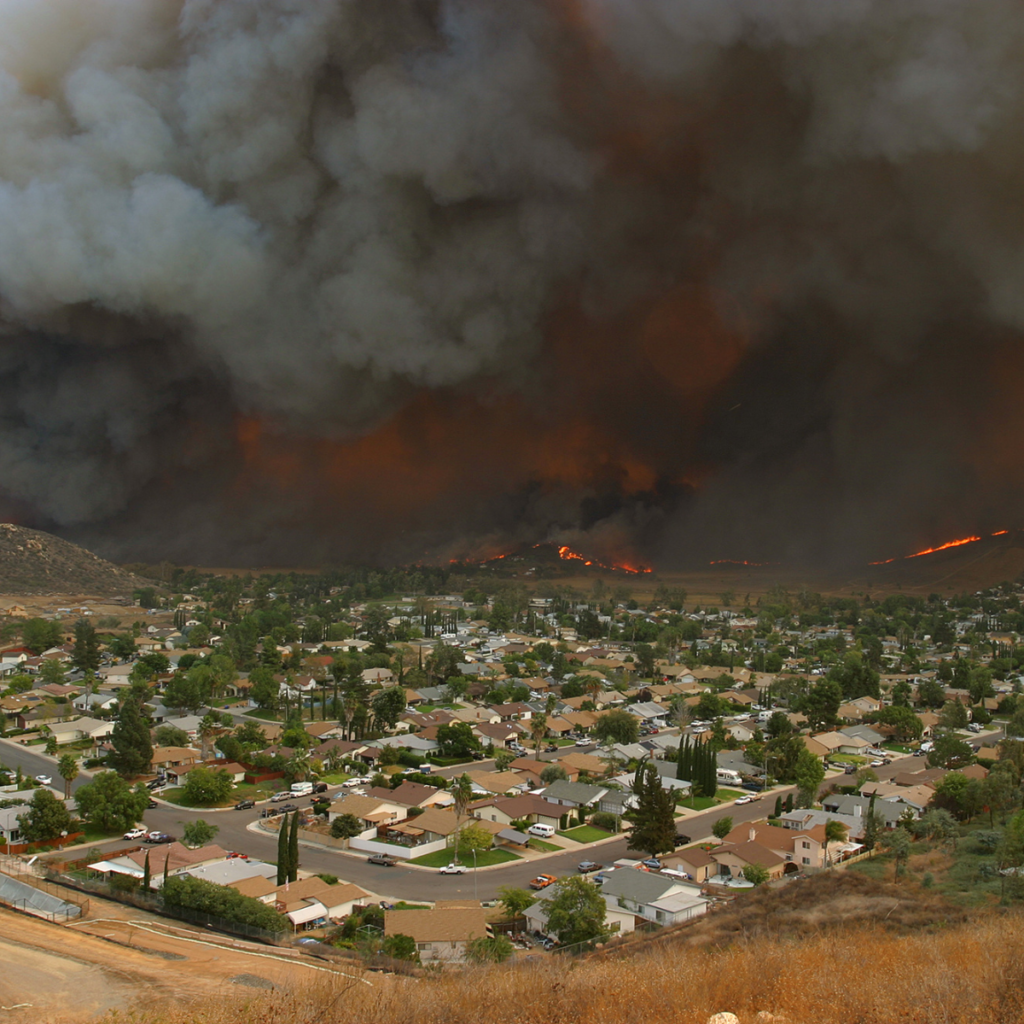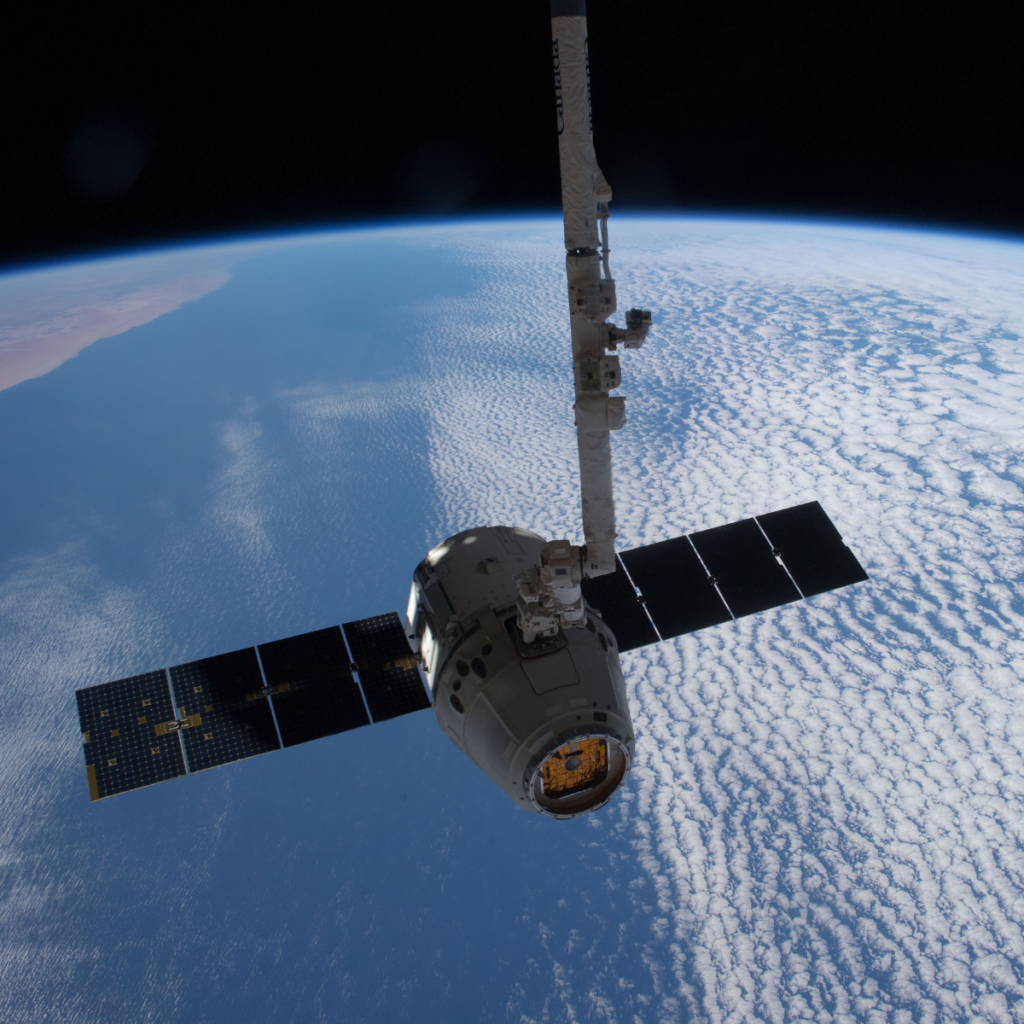Many countries contribute to space with satellites, but how many Canadian satellites exist? Canada has a long history of satellite technology and space research, including the development of the Canadarm, a remote-controlled robotic arm which deployed, captured and repaired satellites, positioned astronauts, maintained equipment, and moved cargo. The Canadian Space Agency (CSA) has played a critical role in enabling understanding of our planet and the universe beyond. This article will examine how Canada has contributed to the global satellite industry, and how these satellites’ data help inform decision-making, in key areas from environmental monitoring to disaster management.

Active Canadian Satellites
RADARSAT Constellation Mission
The RADARSAT Constellation Mission, launched in 2019, represents Canada’s new generation of Earth observation satellites. Comprising three identical satellites, it serves multiple critical purposes:
- Maritime Surveillance: These satellites are instrumental in monitoring Canada’s extensive coastlines, helping to safeguard maritime activities.
- Disaster Management: Rapid response during disasters is facilitated through the real-time data provided by RADARSAT, aiding in disaster relief efforts.
- Ecosystem Monitoring: These satellites contribute significantly to studying our planet’s ecosystems, supporting conservation and sustainable management practices.
RADARSAT-2
Launched in 2007, RADARSAT-2, developed by MDA, serves various purposes:
- Ice, Marine, and Environmental Monitoring: It provides essential data for tracking changes in ice cover, monitoring marine activities, and studying environmental changes.
- Disaster and Resource Management: RADARSAT-2 plays a pivotal role in assessing the impact of natural disasters and optimizing resource management.
SCISAT
Launched in 2003, SCISAT primarily monitors the ozone layer. It covers polar regions, tropical zones, and mid-latitude locations, contributing vital data for global environmental studies.
Canadian Satellites in Development
HAWC (2023)
HAWC will launch in 2031 and provide critical data for extreme weather prediction, climate modelling, and disaster monitoring. It will observe aerosol particles, measure upper-atmosphere water vapour (a potent greenhouse gas), and study water vapour and ice cloud properties.
WildFireSat (2029)
Scheduled for launch in 2029, WildFireSat aims to support active wildfire monitoring and management in Canada. It will enable better anticipation of wildfire behaviour and provide accurate smoke and air quality data.


International Satellites with Canadian Contributions
CloudSat
Launched by NASA in 2006, CloudSat is part of a constellation of satellites. It helps understand clouds and their impact on climate and weather, providing valuable insights into cloud structure, occurrence, and volume.
Odin
The Swedish satellite Odin, launched in 2001, has played a vital role in climate and atmospheric research. Canada’s OSIRIS instrument on Odin measures atmospheric composition, focusing on ozone depletion, aerosol concentrations, and nitrogen dioxide levels.
SMAP (Soil Moisture Active Passive)
NASA’s SMAP satellite, launched in 2015, maps soil moisture and freeze/thaw states. It aids in climate and weather forecasting, drought monitoring, and flood prediction.
SMOS (Soil Moisture and Ocean Salinity)
Launched by the European Space Agency in 2009, SMOS is the first satellite designed to map sea surface salinity and monitor soil moisture. It provides valuable data on water movement and climate systems.
SWOT (Surface Water and Ocean Topography)
Scheduled to launch in 2022, the SWOT mission, led by NASA and France’s space agency, CNES, will offer detailed information on Earth’s surface water. It will survey water bodies and observe changes in lakes, rivers, reservoirs, and oceans.
Terra
NASA’s Terra satellite, launched in 1999, carries multiple instruments for observing Earth’s various components. The Canadian device MOPITT measures carbon monoxide concentrations, aiding long-term pollution forecasts and pollution control strategies.


Conclusion
Canada’s involvement in space exploration and satellite technology extends far beyond its borders. From active Canadian satellites like RADARSAT to international collaborations on missions like CloudSat and Terra, Canadian contributions are vital to understanding our planet and the universe. These satellites play an indispensable role in environmental conservation, disaster management, climate research, and more, making Canada a significant player in the global space community.
Are you looking to acquire satellite imagery for your next project?
Get access to top industry data with an EarthCache account.





